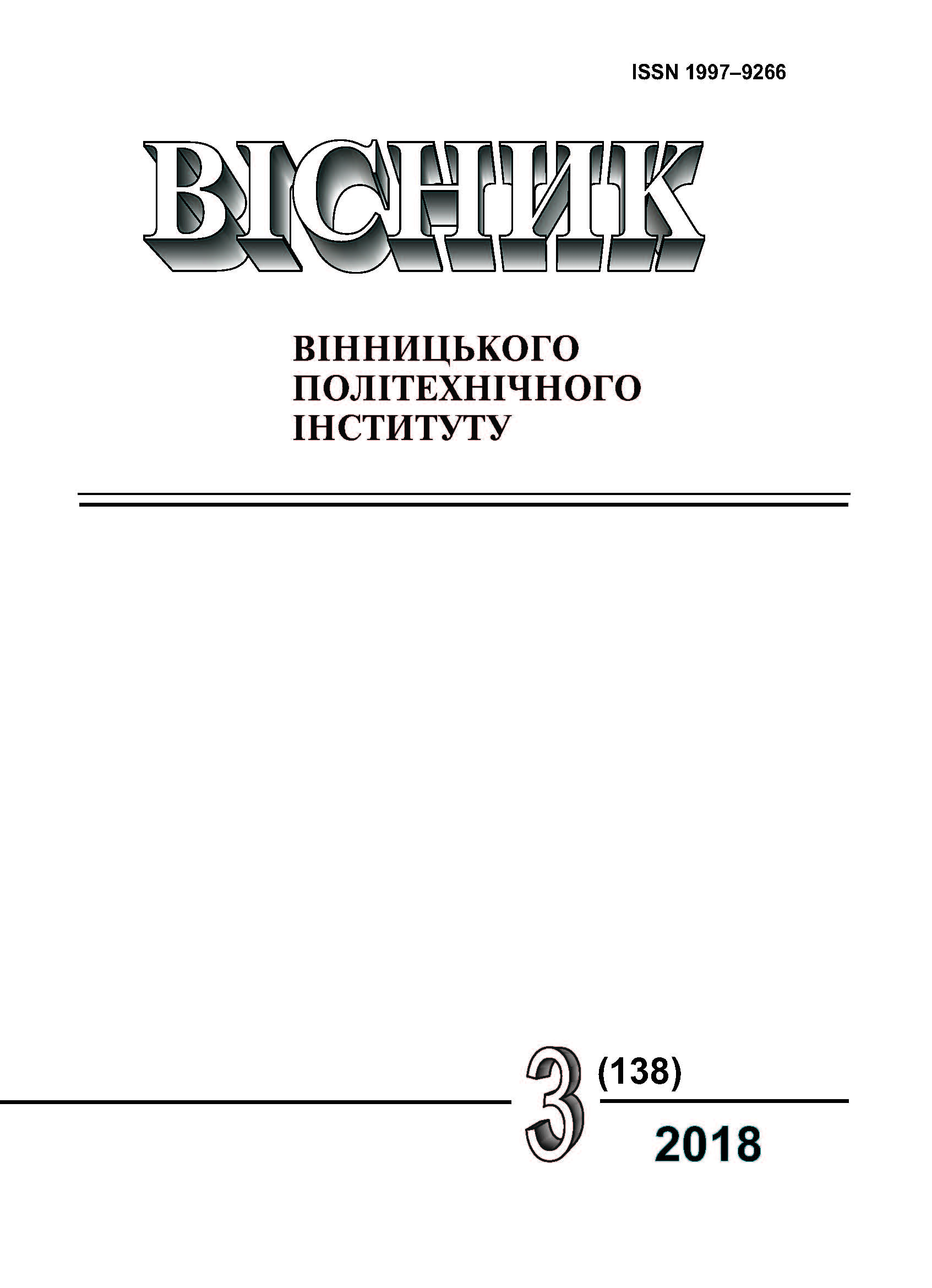Quantitative Assessment of the Durability of the Continuous Supply System
Keywords:
high-speed movement, traction power system, voltage regime, gain point, voltage stabilityAbstract
The development and implementation of high-speed traffic requires a change in approaches to the modernization of the traction power supply system since the applied DC traction system cannot always provide electricity with required power and quality. The resulting limitations include reducing the voltage on the pantograph of an electric locomotive below the permissible value for normal operation and heating the wires of the contact line, which contributes to the loss of their mechanical strength. The process of power consumption in the traction line occurs under the influence of different disturbances: changes in the operating modes of the electric rolling stock depending on the features of the train schedule, the track profile and available limitations, short-time detachment of pantograph and various transient processes; therefore, mode of voltage under the influence of these disturbances has a non-stationary oscillatory character with sudden changes in voltage that lead to a decrease in the stability of the interacting systems - power supply and electric rolling stock. In the presence of such hard-to-control factors, the stability limit may occur at different values of the influencing parameters. To estimate the stability margin in load nodes of power systems, reserve voltage factors are used, since the voltage on the bus bars is the main monitored parameter for power distribution substations. This approach on the basis of practical stress stability criteria has been applied in this work. The results of the calculation of the stress stability criteria for the functioning of the traction power supply system on the real section of the electrified railway allowed establishing static voltage instability in the individual sections of the traction line. It allowed making a conclusion that the existing power schemes do not allow to maintain the necessary voltage mode in the traction line and provide the necessary voltage stability for high-speed traffic that leads to the transition to new circuit solutions for traction power supply systems.
References
Г. Г. Марквардт, Применение теории вероятностей и вычислительной техники в системе энергоснабжения. Москва: Транспорт, 1972.
Р. И. Мирошниченко, Режимы работы электрифицированных участков. Москва: Транспорт, 1982.
Б. А. Аржанников, и Ю. В. Ткачев, Методика получения зависимости потери эл. эн. в тяг. сети от среднего напряжения на токоприемнике электровоза при заданном времени хода поезда по участку. Свердловск: Уральский электромех. ин-т инж. ж.д. трансп, 1986.
Правила технічної експлуатації залізниць. Київ, 1997.
С. И. Осипов, Рациональные режимы вождения поездов и испытания локомотивов. Москва: Транспорт, 1984.
Б. А. Аржанников, Система управляемого электроснабжения электрифицированных железных дорог постоянного тока. Екатеринбург, Россия: УрГУПС, 2010.
Д. Г. Дерев’янко, «Особливості оцінки запасу стійкості локальних систем з різнорідними джерелами генерації,» Енергетика економіка, технології, екологія. Спецвипуск, Матеріали аспірантських читань пам’яті А.В. Праховника, с. 15-19, 2013.
О. В. Кириленко, В. В. Павловський, Л. М. Лук’яненко, та Є. В. Зорін, «Аналіз стійкості енергетичних систем за напругою,» Технічна електродинаміка, № 3 с. 59-66, 2010.
Стійкість енергосистем. Керівні вказівки: СОУ-Н МЕВ 40.1 – 00100227 – 68: 2012. Київ, Україна: ГРІФРЕ: Міненерговугілля України, 2012, 35 с.
В. М. Авраменко, П. О. Черненко, та Н. Т. Юнєєва, «Оцінювання поточного запасу статичної стійкості енергосистеми з використанням оперативного прогнозу вузлових навантажень,» Вісник Вінницького політехнічного інституту, № 1, с. 90-93, 2013.
В. Г. Сыченко, А. А. Матусевич, А. В. Рогоза, М. Е. Павличенко, И. Л. Васильев, и Н. Н. Пулин «Повышение энергетической эффективности в эволюционирующих системах электроснабжения» Вісник Національного технічного університету «Харківський політехнічний інститут», № 27 (1249), с. 182-186, 2017.
Э. В. Тер-Оганов, и А. А. Пышкин, Электроснабжение железных дорог. Екатеринбург, Россия : УрГУПС, 2014.
Downloads
-
PDF (Українська)
Downloads: 173
Published
How to Cite
Issue
Section
License
Authors who publish with this journal agree to the following terms:
- Authors retain copyright and grant the journal right of first publication.
- Authors are able to enter into separate, additional contractual arrangements for the non-exclusive distribution of the journal's published version of the work (e.g., post it to an institutional repository or publish it in a book), with an acknowledgment of its initial publication in this journal.
- Authors are permitted and encouraged to post their work online (e.g., in institutional repositories or on their website) prior to and during the submission process, as it can lead to productive exchanges, as well as earlier and greater citation of published work (See The Effect of Open Access).





